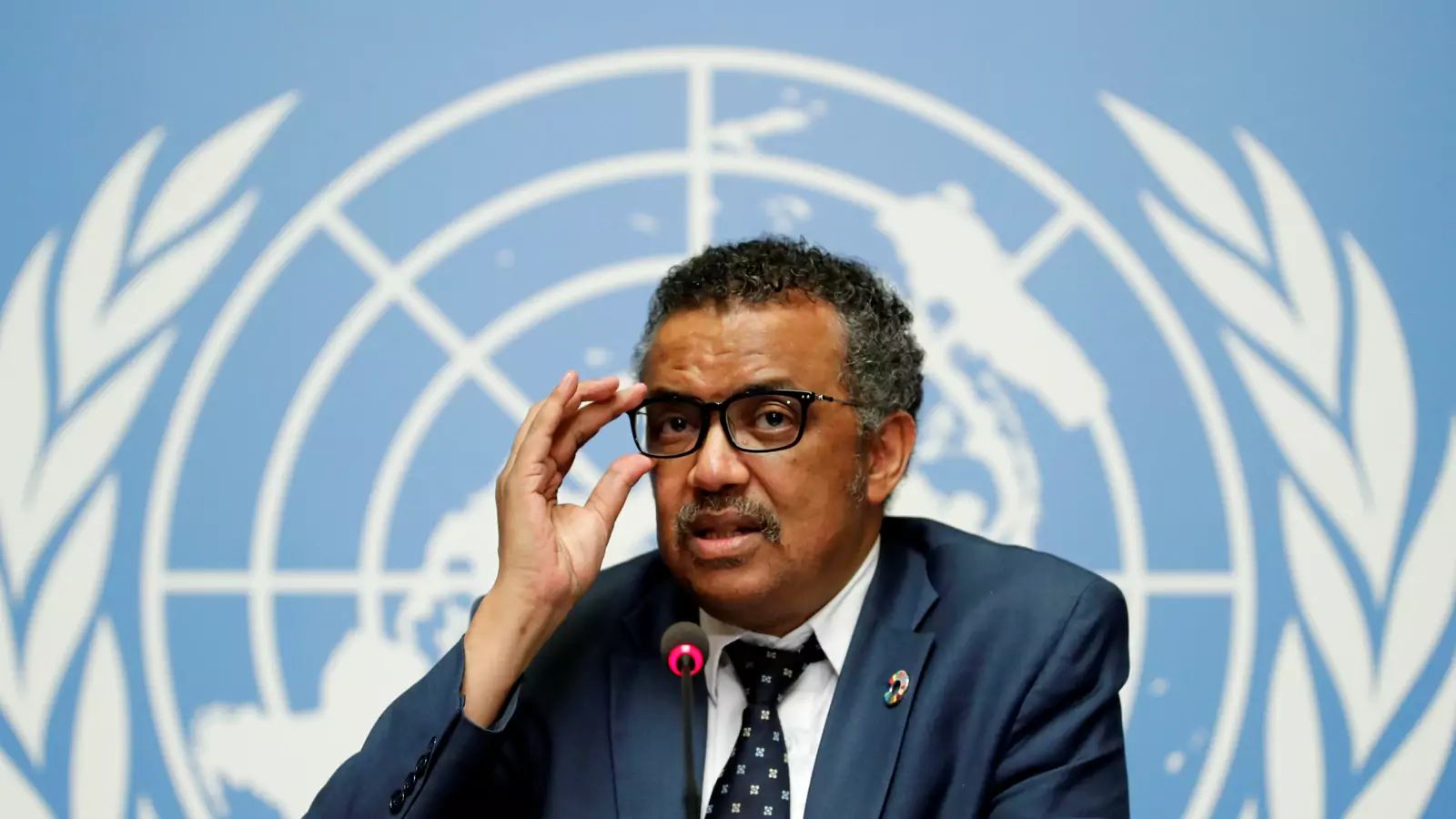
Patient care guidelines have been updated once again by the World Health Organization (WHO). It now includes the usage of interleukin-6 receptor blockers. It is a lifesaving drug for patients who are critically ill or have a severe case of COVID-19. Coupled with the use of corticosteroids, the treatment is exceptional.
What is the use of interleukin-6 receptor blockers?

According to the findings from meta-analysis research by the WHO, interleukin-6 blocking drugs proved effective for the treatment of coronavirus. They were highly effective along with corticosteroids. (mrbonespumpkinpatch) The latter was first recommended for use by the WHO in September 2020. People suffering from a severe case of the virus generally suffer from an overreaction of the immune system. Tocilizumab and sarilumab, two interleukin-6 blocking drugs were found to suppress this reaction. The research includes data from over 10,000 patients across 27 clinical trials.
Need of the hour: Life-saving drugs and it’s availability

The research also showed that when compared to regular treatment, patients who were critically ill or severely affected by the virus had 13 percent fewer cases of death. The odds further increase by 28 percent for mechanical ventilation. Hence, this means that for every 1000 critical patients, there will be as many as 28 fewer deaths. Further investigation across 28 countries showed similar results.
“These drugs offer hope for patients and families who are suffering from the devastating impact of severe and critical COVID-19. But IL-6 receptor blockers remain inaccessible and unaffordable for the majority of the world,” said Dr. Tedros Adhanom Ghebreyesus, the Director-General of WHO. “The inequitable distribution of vaccines means that people in low- and middle-income countries are most susceptible to severe forms of COVID-19. So, the greatest need for these drugs is in countries that currently have the least access. We must urgently change this,” he added.
WHO is stressing manufacturers to reduce the prices and increase production for these life-saving drugs. Making them available for low and middle-income countries will go a long way in treating patients.





